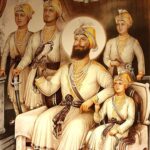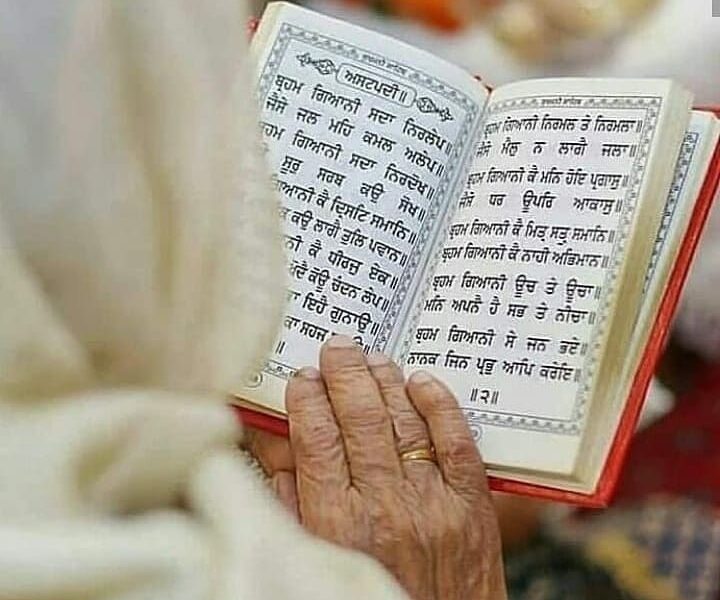Lala Lajpat Rai Biography: The contribution of Lala Lajpat Rai to the Indian Liberation struggle was invincible. During the liberation movement, he was known as the ‘Lal Bal Pal’ of the three. He received the title ‘Punjab Caesar’ or ‘Punjab Lion’. Let’s take a look at Lala Lajpat Rai’s young life, family, political journey, success, slogans, books, etc.
Lala Lajpat Rai Biography
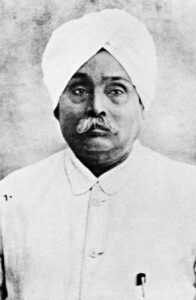
Biography of Lala Lajpat Rai: Born 28 January 1865 in Dhudike, India. He was a politician, an Indian writer, a leader of the imperial Hindu movement, and a powerful speaker. He was known as the ‘Lion of Punjab’ or ‘Punjab Caesar’.
He was a great leader who actively campaigned for Swadeshi and spread the message of confidence in India and abroad. He became a follower of Dayananda Saraswati, the founder of Arya Samaj. He founded the Indian Home Rule League of America in New York City in 1917.
Jagran.TV ads
In the 1980s it was associated with Punjab National Bank and Lakshmi Insurance Company. He became famous for his activism, organized various meetings with his followers, and established an orphanage. He formed community service committees and encouraged the people. Undoubtedly, his strong commitment to India’s independence was one of his best qualities. That is why he is also known for his fervent speeches. Let’s take a closer look at his life, nationality, and political career.
Biography of Lala Lajpat Rai: Early Life and Family
He was born on January 28, 1865, in Dhudike, India. He was the eldest son of his parents. His father was a Persian and Urdu scholar. Her mother was a religious woman who instilled in her children a strong sense of morality. Coming out of the State High School, Rewari (currently Haryana and former Punjab) did his first education. In 1880, he joined the State College in Lahore to study Law.
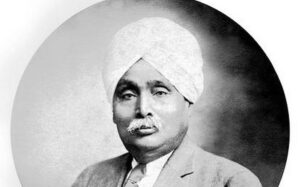
In college, he met future freedom fighters like Lala Hans Raj, Pandit Guru Dutt, etc. After completing his law degree, he began his legal career in Hisar, Haryana. In 1877, he married Radha Devi. He participated as a delegate to the annual session of the National Conference between 1888 and 1889. In 1892, he appeared before the Supreme Court of Lahore.
Lala Lajpat Rai Biography: A Perspective on Nationalism and the Journey of Politics
Lala Lajpat Rai loves to read and is said to have been very impressed with the patriotic and nationalistic ideas expressed by the Italian rebel leader Giuseppe Mazzini. He and other prominent leaders including Bipin Chandra Pal, Aurobindo Ghosh, and Bal Gangadhar Tilak began to see the negative aspects of balanced politics promoted by a few Indian National Congress leaders. They have expressed the demand for Dominion status in their strong opposition and the need for full independence or ‘Purna Swaraj’.
Lala Lajpat Rai Biography: The Journey of Politics
He gave up his legal practice for the country to be free from British rule.
He felt the need to highlight the dire situation of the British Empire in India internationally and saw the need to present state affairs in the Indian Liberation Struggle.
In 1914, he went to Britain and in 1917 he went to the USA.
Founded the Indian Home Rule League of America in New York in 1917. From 1917 to 1920, he lived in the USA.
After returning to India in 1920, he was invited to preside over a special session of Congress in Calcutta (now Kolkata).
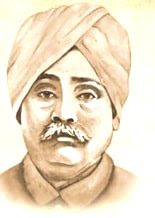
Leaders of British protests in Punjab for brutal acts in Jallianwala Bagh
Mahatma Gandhi launched the Non-Cooperation Movement in 1920 and Lala Lajpat Rai led the movement in Punjab.
He was arrested from 1921 to 1923.
When he was released, he was elected to a legislature.
As a result of the Chauri-Chauri incident, Gandhiji reinstated the Non-Cooperation movement, and this decision was criticized by Lala Lajpat Rai and who wanted to establish a Congress Independence Party.
In 1928, the Simon Commission visited India. Its purpose was to discuss constitutional changes.
In 1928, Lala Lajpat Rai presented the decision of a legal meeting to dissolve the British Simon Commission.
During a protest in Lahore, he died after being attacked by police.
Lala Lajpat Rai Biography: Texts
Some of the most important writings of Lala Lajpat Rai
- The story of my dismissal (1908),
- Arya Samaj (1915),
- United States of America: Hindu’s Impression (1916),
- England Debt to India: A History of British Monetary Policy in India (1917), and
- Unhappy India (1928)
Monuments and institutions established in memory of Lala Lajpat Rai
Built in the early 20th century, the statue of Lajpat Rai in Lahore, later relocated to the central square of Shimla after the partition of India. In 1959, the Lala Lajpat Rai trust was established on the eve of his 100th Birthday Party by a group of Punjabi philanthropists (including RP Gupta and B.M Grover) based and successful in the Indian State of Maharashtra, in charge of the Lala Lajpat Rai. Mumbai College of Commerce and Economics. Lala Lajpat Rai Memorial Medical College, Meerut is named after him. In 1998, at the Lala Lajpat Rai Institute of Engineering and Technology, Moga was named after him. In 2010, the Government of Haryana established Lala Lajpat Rai University of Veterinary & Animal Sciences in Hisar in memory.
Lajpat Nagar and Lala Lajpat Rai square with his statue in Hisar; Lajpat Nagar and Lajpat Nagar Central Market in New Delhi, Lala Lajpat Rai Memorial Park in Lajpat Nagar, Lajpat Rai Chandani Chowk Market, Delhi; Lala Lajpat Rai Hall of Residence at Indian Institutes of Technology (IIT) in Kharagpur; Lala Lajpat Rai Hospital in Kanpur; The bus station, several centers, schools and libraries in his hometown of Jagraon are named after him, including a bus depot with a picture of him at the entrance. In addition, there are several roads named after him in many cities and towns in India.



